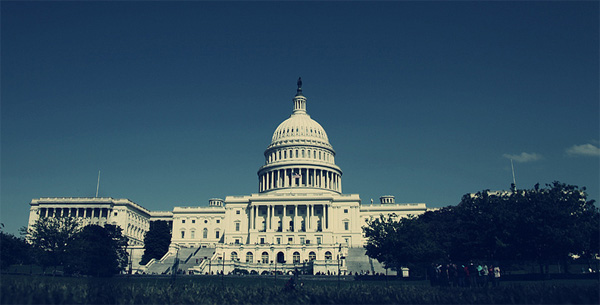Washington is Top Investor Choice Again as Tough 2012 Looms: PwC/ULI Survey
Survey participants predict that 2012 will see more properties for sale but diminished buyer enthusiasm.
October 26, 2011
By Paul Rosta, Senior Editor
In football lingo, 2012 promises yet another grinding year of “three yards and a cloud of dust,” according to the annual Emerging Trends forecast from PwC and the Urban Land Institute, which was released Wednesday morning. The job market and consumer spending both face a tough year, while the markets best positioned for growth are the top 24-hour transportation hubs with global access. Despite some investor misgivings, Washington, D.C., took the top spot among markets for the third year in a row. Austin, meanwhile, has made a surprising leap into second place.
“In 2012, investors expect pricing to level off in the top markets – and overall ‘buy’ sentiment will subside, selling appetites will increase, and more owners will hold until the economy untracks,” said Mitch Roschelle, partner & U.S. real estate advisory practice leader for PwC. “This is part of ‘the new normal’ as investors are coming to grips that they may not be selling for more than they paid.” Although more assets may come to market next year, survey participants also believe that economic volatility may dampen buyer enthusiasm. Participants predict that 2012 will see an increased supply of properties for sale; however, due to economic uncertainty, interest among buyers may diminish.
Even as expectations for returns continue their decline, a modest piece of good news is respondents’ belief that well-leased, core properties in first-rank markets will provide solid single-digit, income-oriented yields. Meanwhile, more opportunistic investors are ratcheting down their outlooks, as dubious supply/demand dynamics make return projections in the mid-teens a likely stretch.
“Many players will back off from bidding on trophy properties in top-tier markets, fearing that pricing is outpacing the potential for recovery in net operating incomes,” commented Stephen Blank, ULI ‘s senior resident fellow for real estate finance. “Additionally, investors believe that cap rate compression has ended and a leveling off is expected with possible upticks in cap rates for some property sectors in certain markets.”
Despite the pessimistic mood, PwC/ULI survey participants offered a surprisingly positive assessment of individual markets. Fifty out of the 51 cities surveyed improved their investment scores in the survey. Moreover, 60 percent of those markets earned a grade of “fair” or better for their 2012 prospects—a big jump from the 40 percent of markets who got a ‘fair” rating for the current year.
Regarding individual markets, Washington, D.C., took the top honors for the third year in a row, although some survey respondents worried that government cuts may expose excessive froth in the capital’s real estate picture. Austin made a surprising appearance in the second spot, its relatively small size offset by the power of high-tech, education, energy and government jobs, sparked by the dynamic duo of the University of Austin and the state government.
San Francisco moved up to third place, rated by respondents as the best buy for both office properties and multi-family assets. Indeed, the survey found, “Bullish market investors are betting on office rent increases, pushing purchase pricing way ahead of fundamentals.” Mighty Manhattan slipped to fourth place in part because of challenges posed by the retrenchment of its crucial financial industry. Yet a dearth of supply and falling vacancies will push office rents up faster than in other markets. As for other sectors, Manhattan’s apartment rental rates could hit new peaks, and the city remains the nation’s strongest hotel market.
For number-five Boston, office investors are looking past its relatively high vacancy rates to the brainpower produced by local colleges and universities. Office projects will likely remain on the back burner, but both rental and for-sale multifamily sectors are expected to be top performers. Rounding out the survey’s top ten markets to watch are four West Coast cities: Seattle (no. 6), San Jose (7), Houston (8), Los Angeles (9) and San Diego (10). All told, California earned four of the top 10 spots.
Watch a discussion of the results by report authors Jonathan Miller and Stephen Blank on CPE TV.








You must be logged in to post a comment.